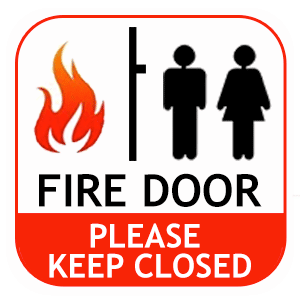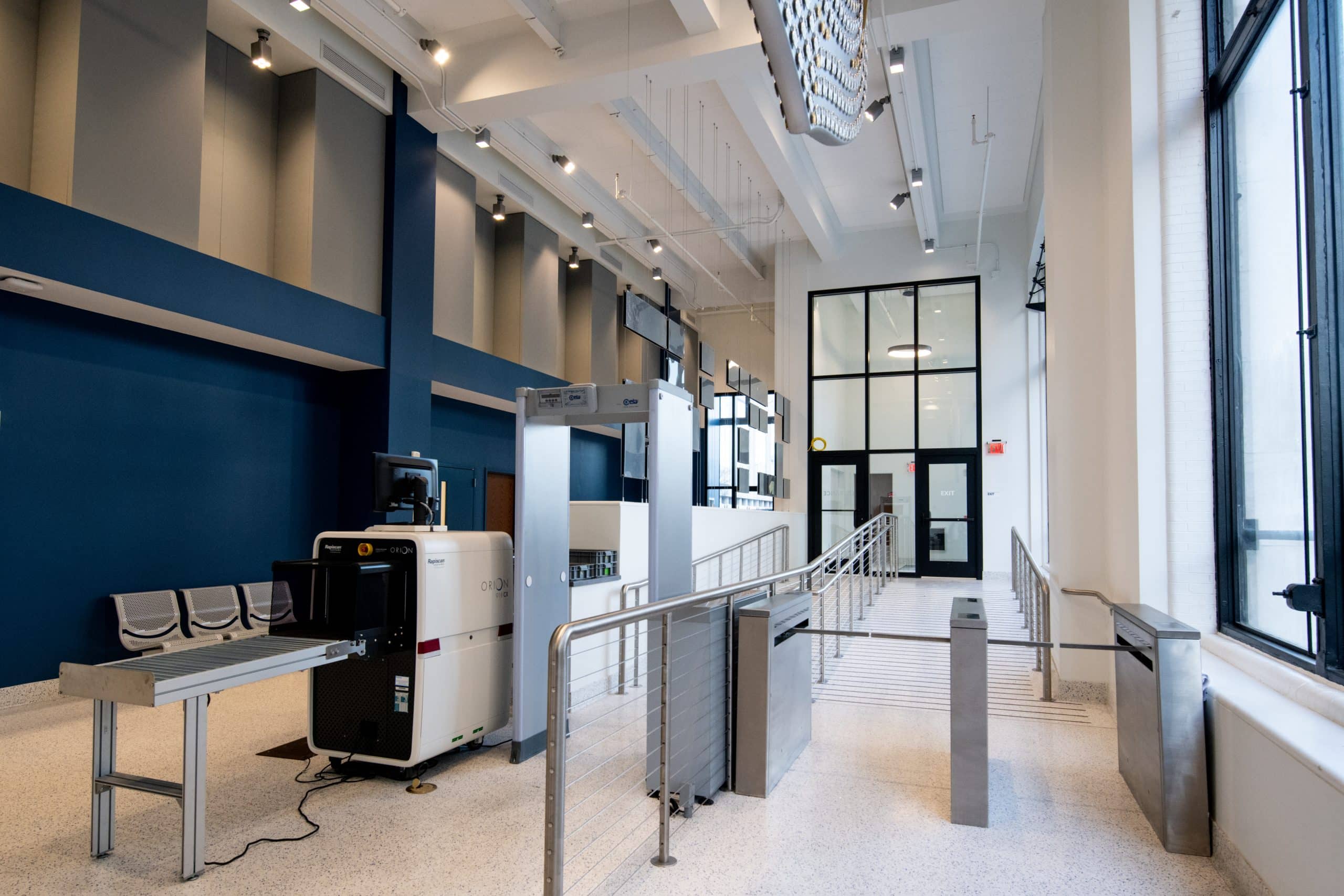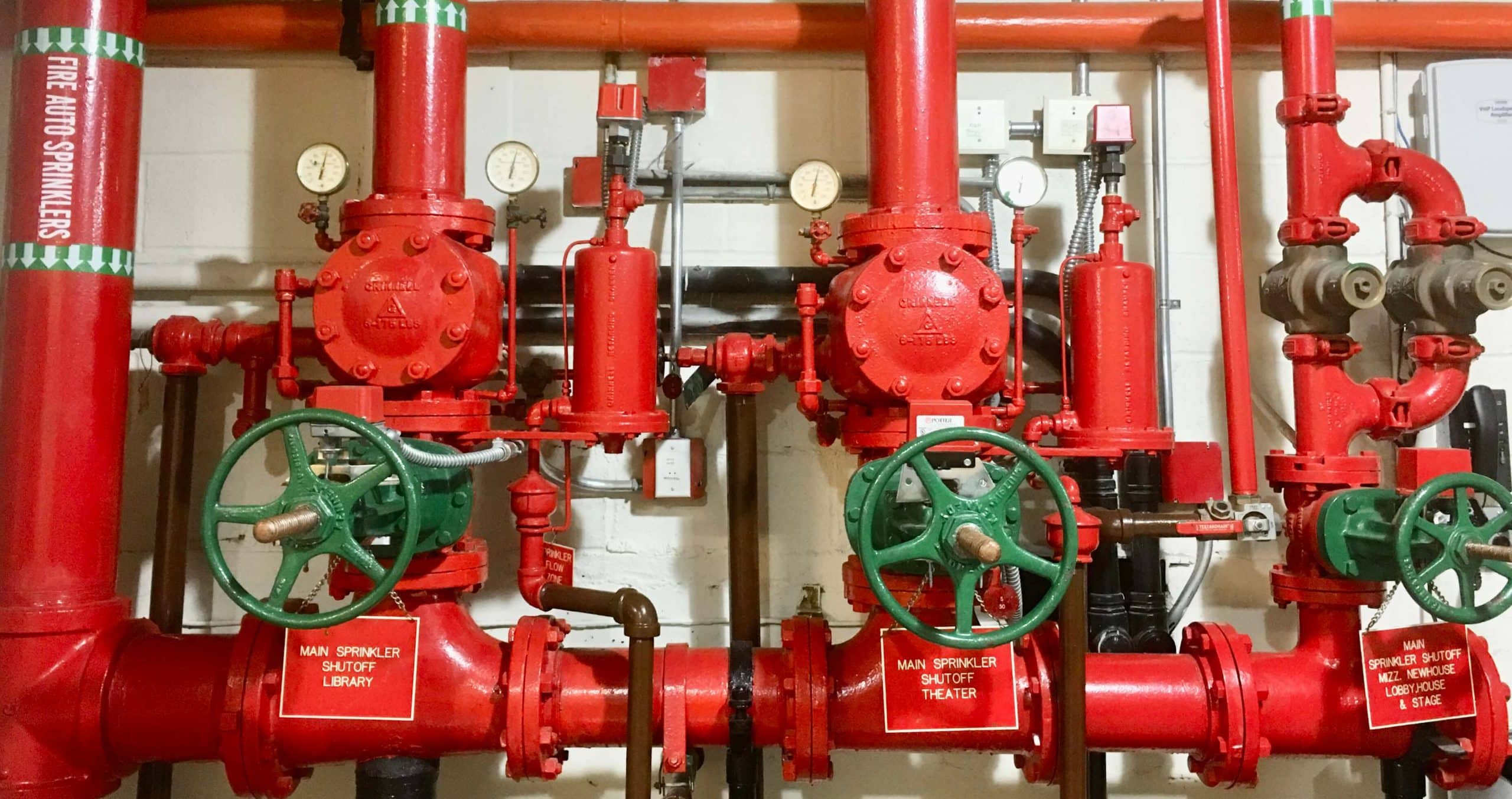Fire rated doors are a crucial component of the life safety design in buildings the world over. From high rises to office buildings and college dormitories to correctional facilities, fire doors protect stair towers, equipment rooms, and emergency exits from the propagation of fire. National fire codes are complex, and it can be very difficult to decipher the codes, requirements, best practices, and maintenance obligations of these assemblies. Fire door assemblies that are not properly inspected and maintained will inevitably lose their rating–the ability to protect.

It is not common knowledge that the fire stopping ability does not come from the door alone, but an assembly consisting of most if not all of the following: door(s), frame, glazing, gasket, sweep, threshold, hinges, closer, hold open, coordinator, astragals and operator. All true fire door assemblies are tested by an independent testing firm such as Underwriters Laboratory (UL), and upon successful completion of the many tests with satisfactory results, the assembly receives a “Listed” status. Being listed means that the assembly will perform to UL standards and is a testament to the quality, but there’s one caveat. The assembly must be installed and remain in the configuration and condition in which it was originally tested and listed.
To ensure that fire door assemblies are being maintained, NFPA 80 (the national fire code regarding “Fire Doors and Other Opening Protectives”) requires an annual inspection by “[…] a qualified person with knowledge and understanding of the operating components of the type of assembly being subject to testing.” Per the same code, a qualified person is outlined as someone with a recognized degree, of professional standing, knowledge, experience, and has demonstrated the ability to properly perform the work such as a Professional Engineer, with life safety experience.
Maintenance of fire door assemblies is straightforward, and a maintenance schedule examples of preventative maintenance are: 1.) inspecting the gasketing and replacing any torn or damaged pieces, 2.) ensuring the door can close fully on its own, 3.) checking that all hardware is present and 4.) secure. When considering making modifications like swapping out the handle or push bar or modifying the closer, first contact a qualified fire protection professional to see if there are tested solutions and directions to follow that maintain the rating of the assembly.
A building’s most important assets are the customers, workers, residents, and tenants. When considering the safety of the occupants–your friends, coworkers, students, staff, and those you’re entrusted to help protect–ask yourself this question: “Are my fire doors still fully rated?”






